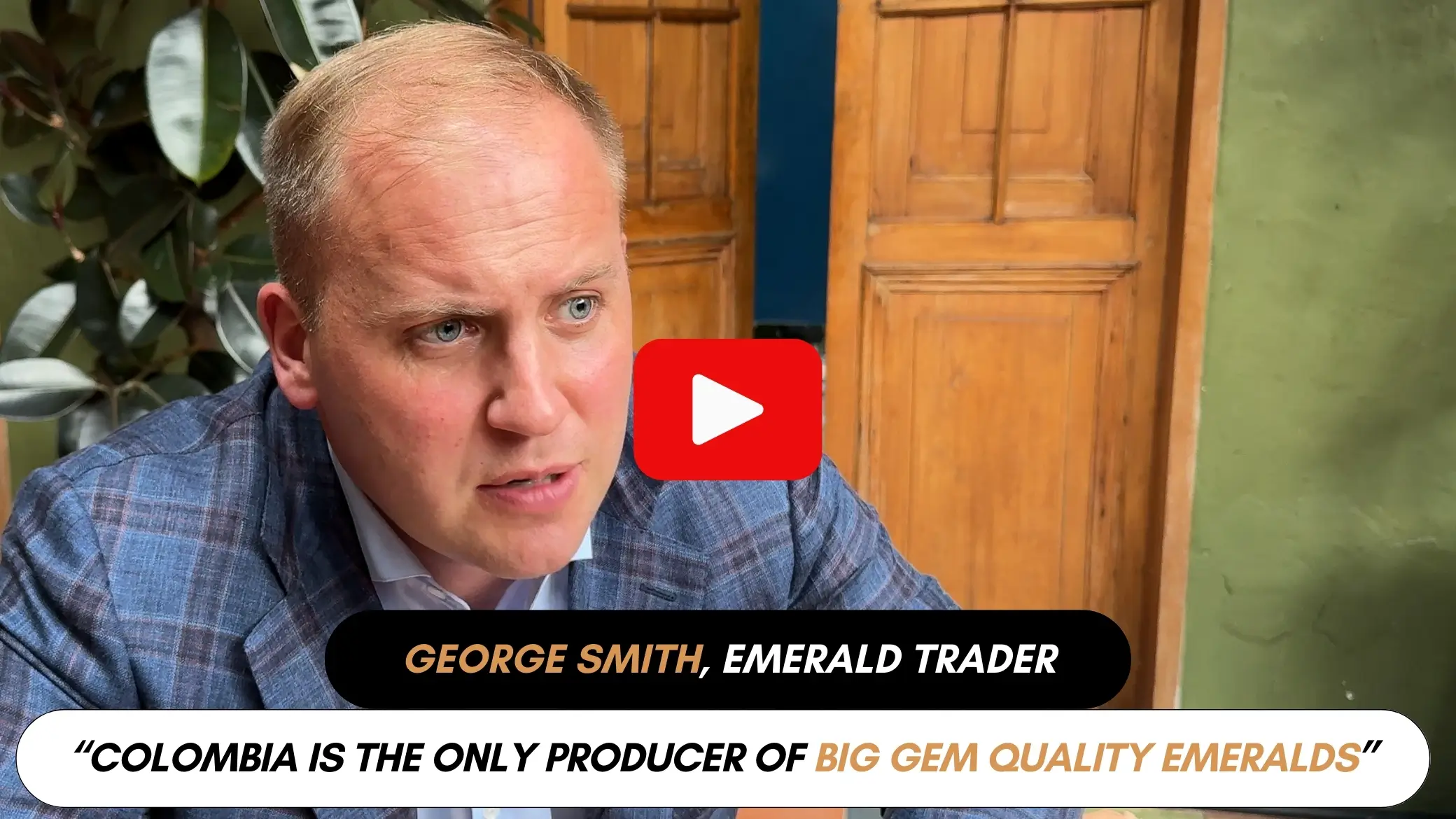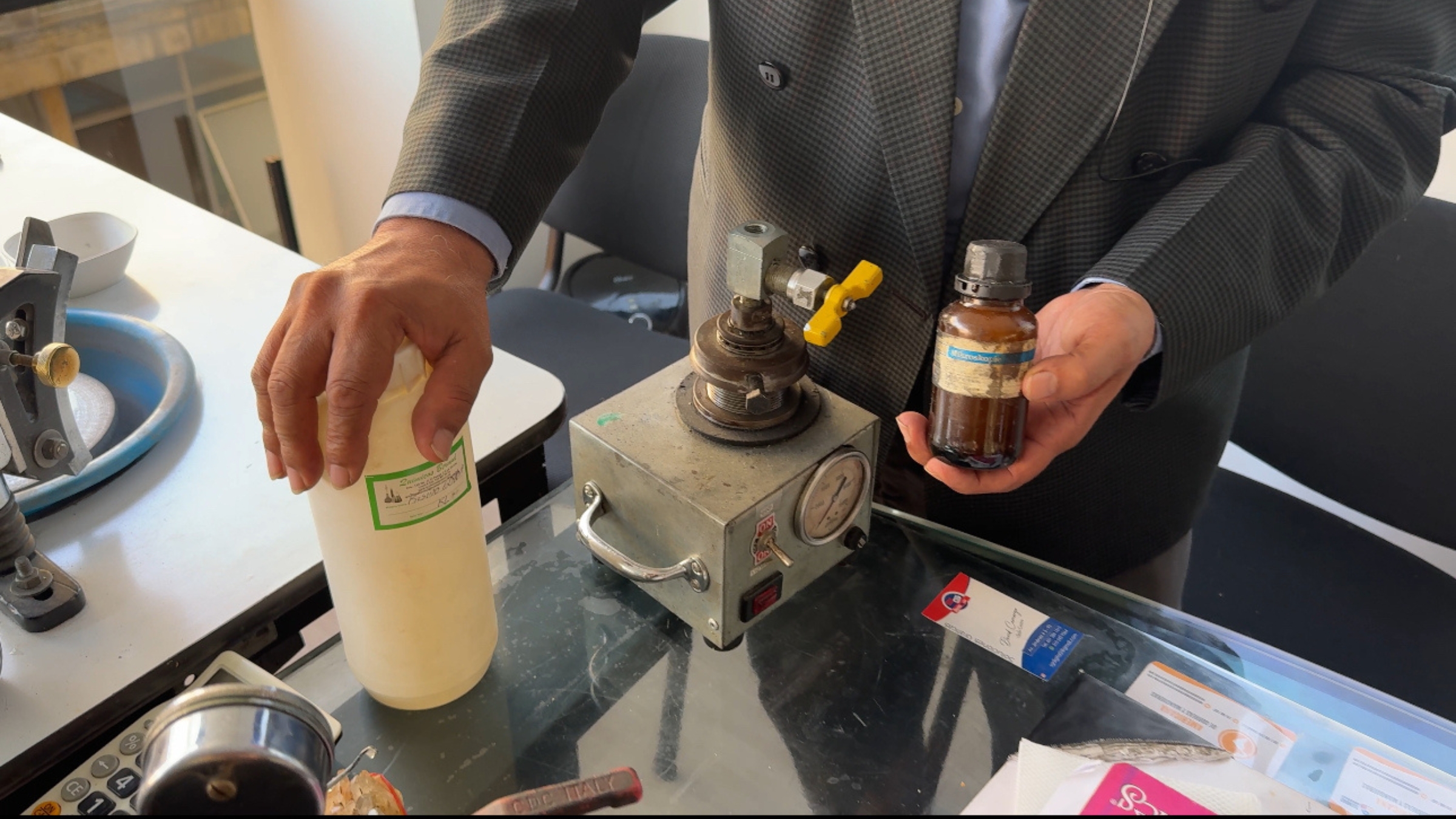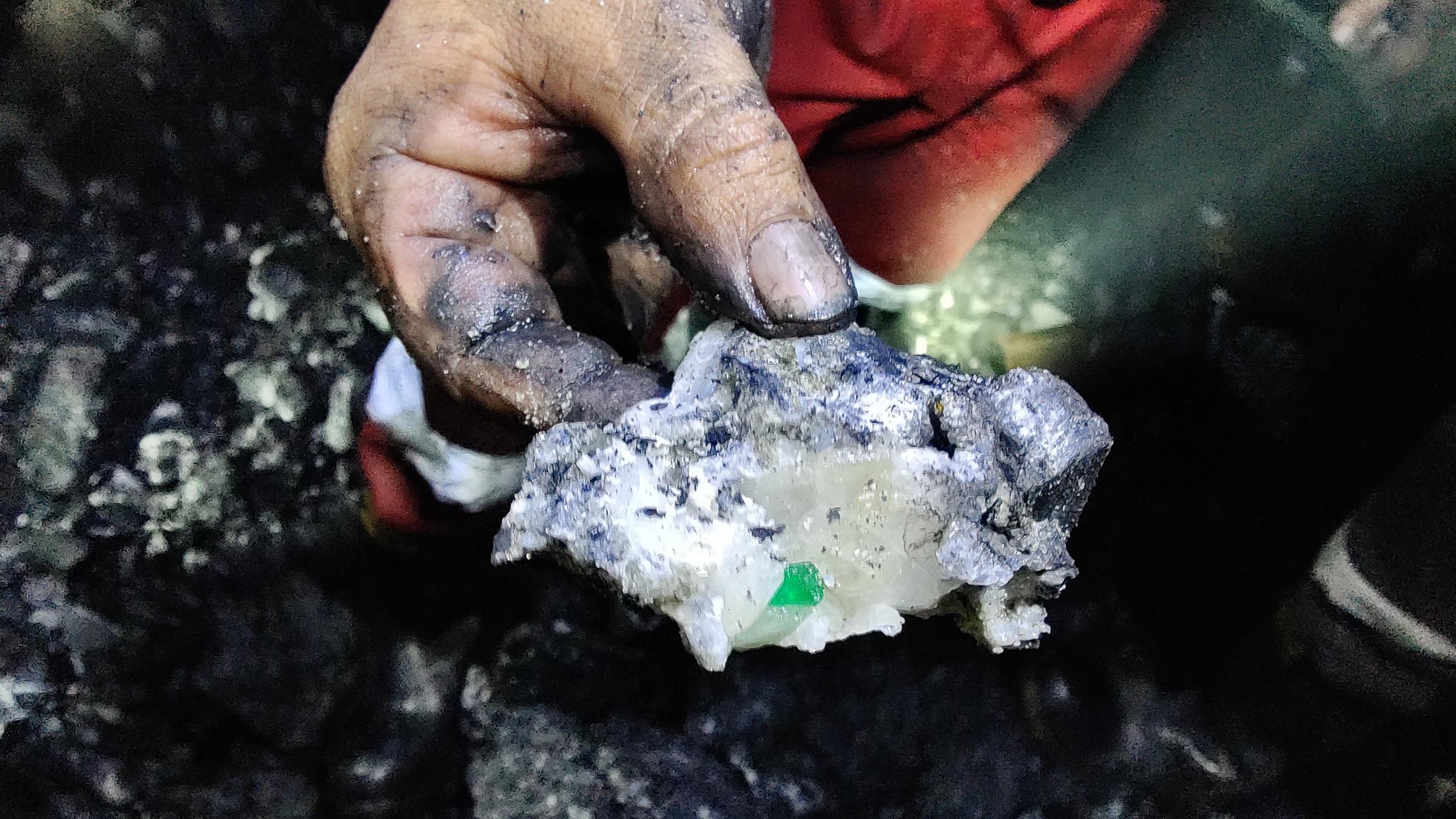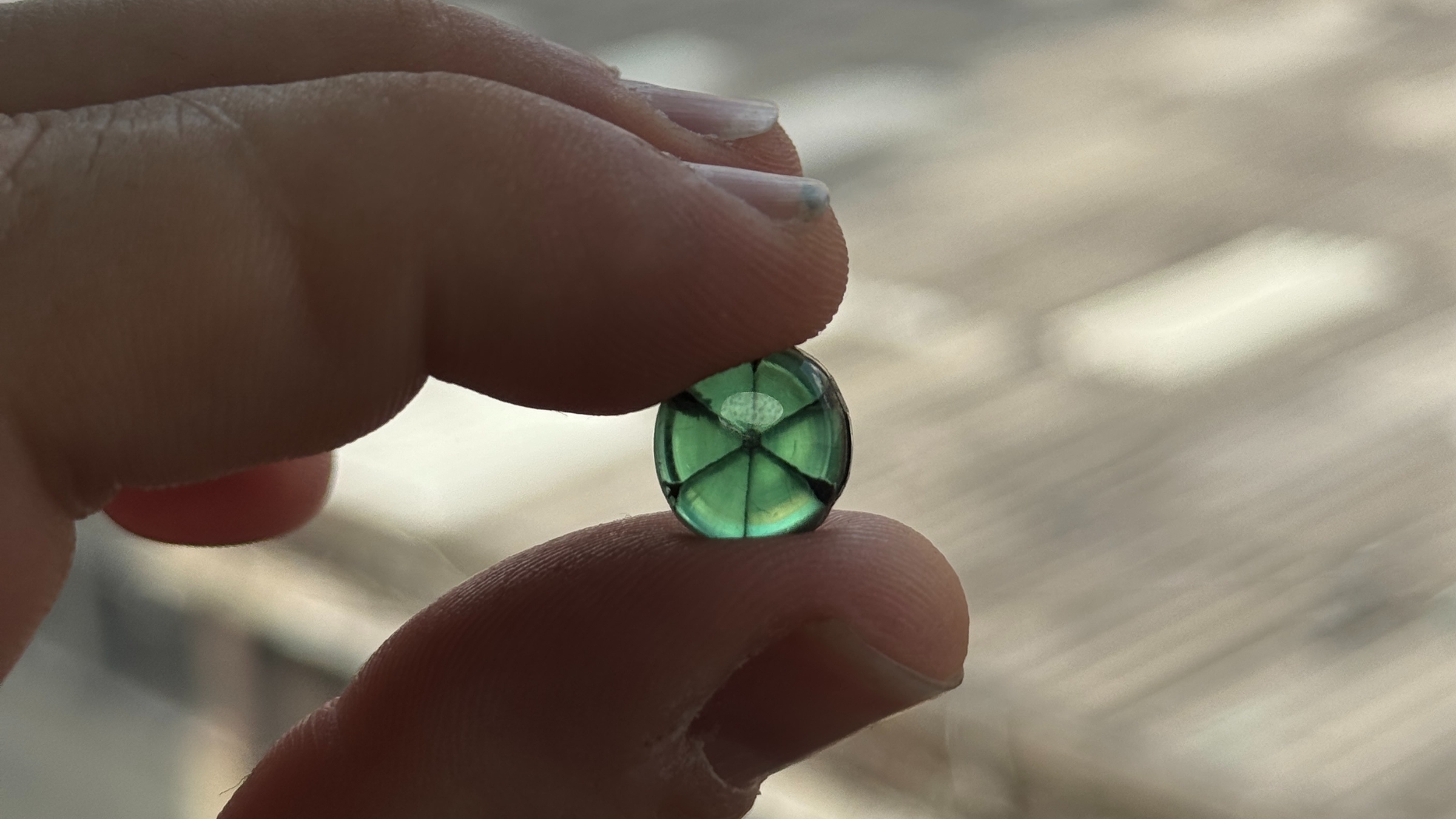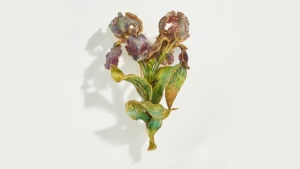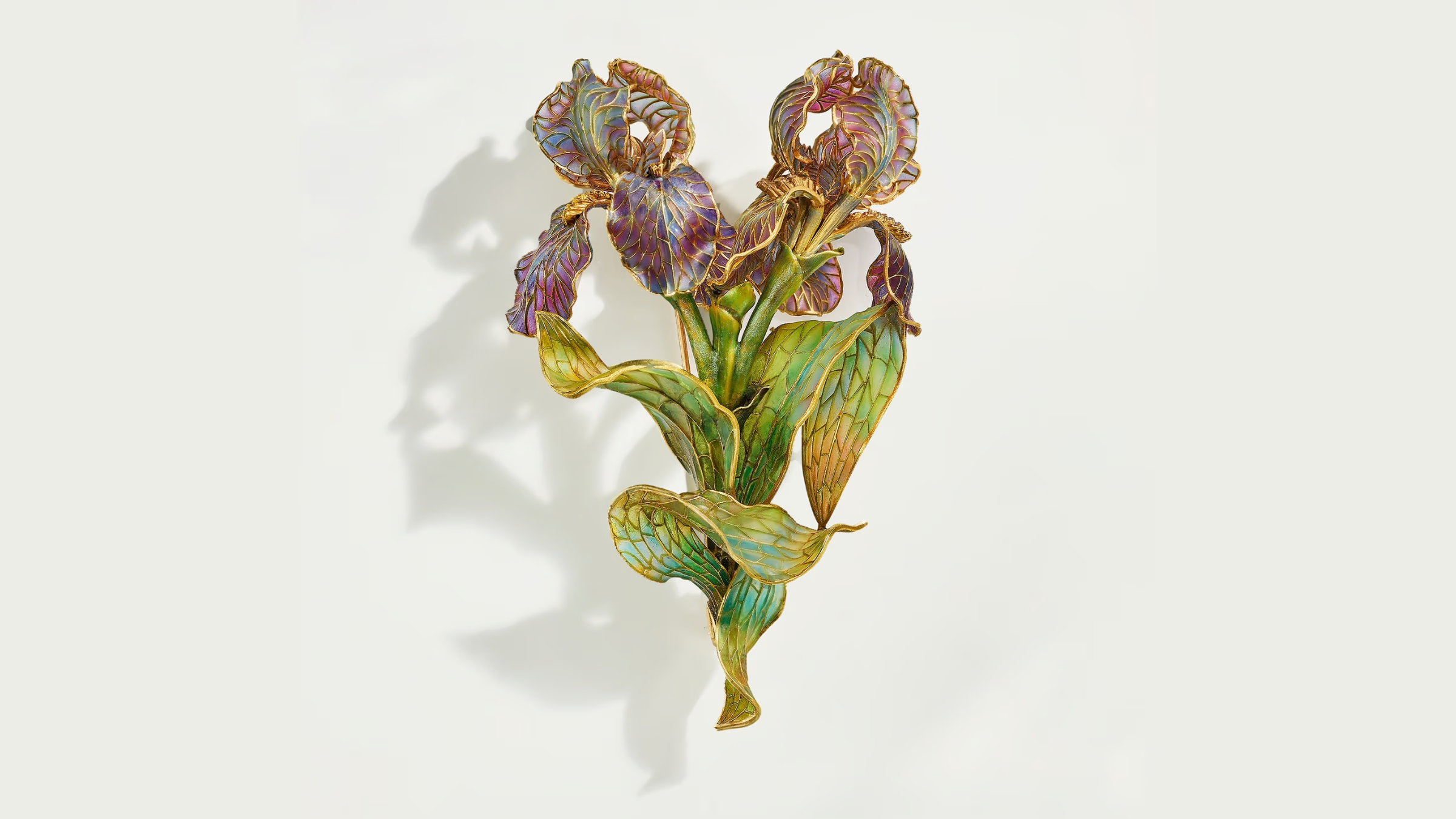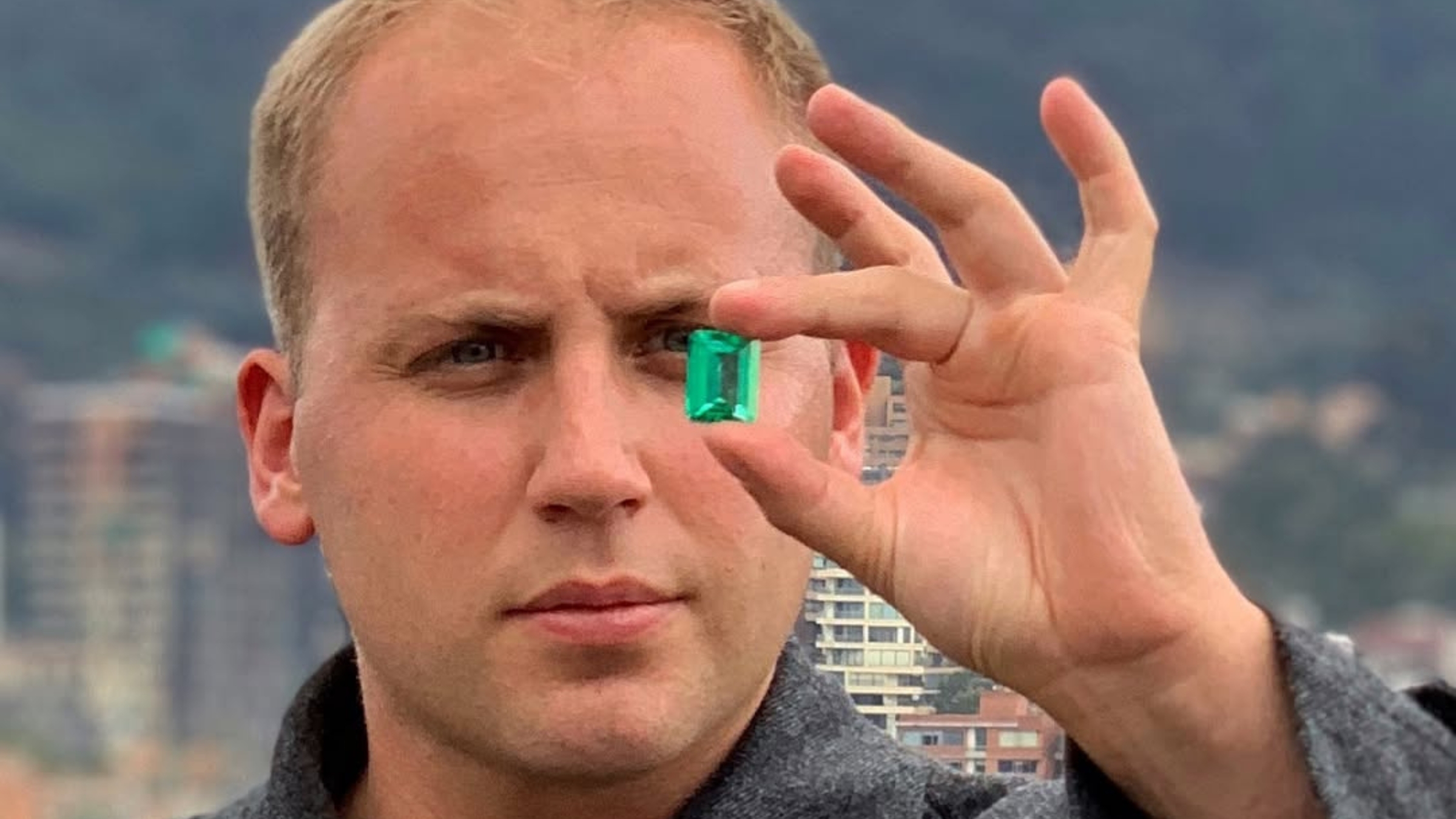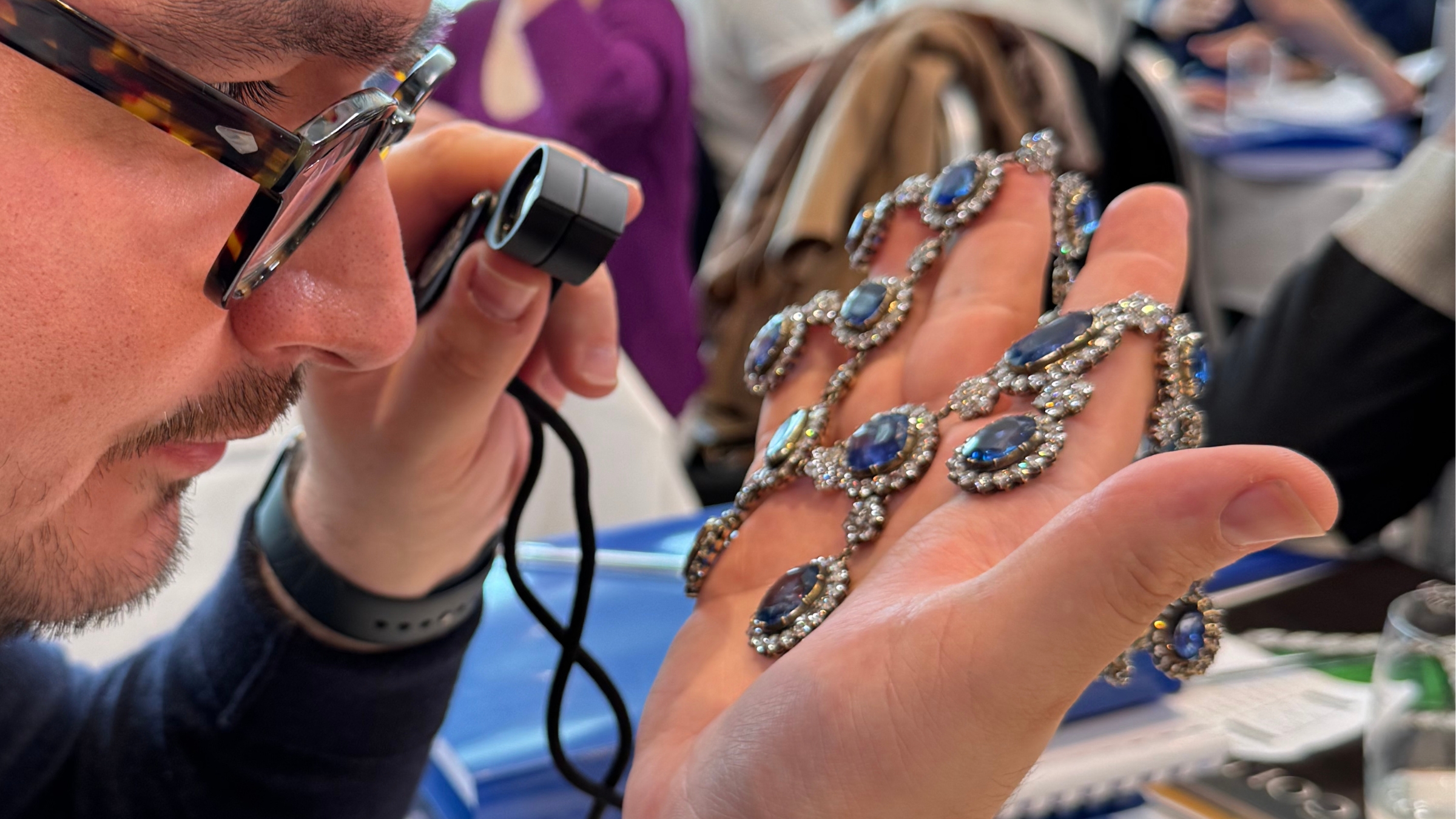Colombian emerald is renowned for its deep green color and exceptional clarity, making it one of the world’s most prized gemstones. Before investing in such a gem, it’s essential to understand its characteristics, its origin, the treatments it can undergo, as well as the evaluation criteria that determine its value.This guide will provide you with all the information you need to make an informed and secure purchase.
Why choose a Colombian emerald?
Colombia is the world’s leading producer of high-quality emeralds, thanks to legendary mines such as Muzo, Chivor and Coscuez. Colombian emerald is distinguished by its uniquely intense color, which makes it instantly recognizable among all other emerald varieties. Its deep, vibrant, luminous green is the result of an exceptional chemical composition and a singular geological environment. Unlike emeralds from other regions, Colombian emeralds are formed under specific hydrothermal conditions, giving them a pure, saturated hue.
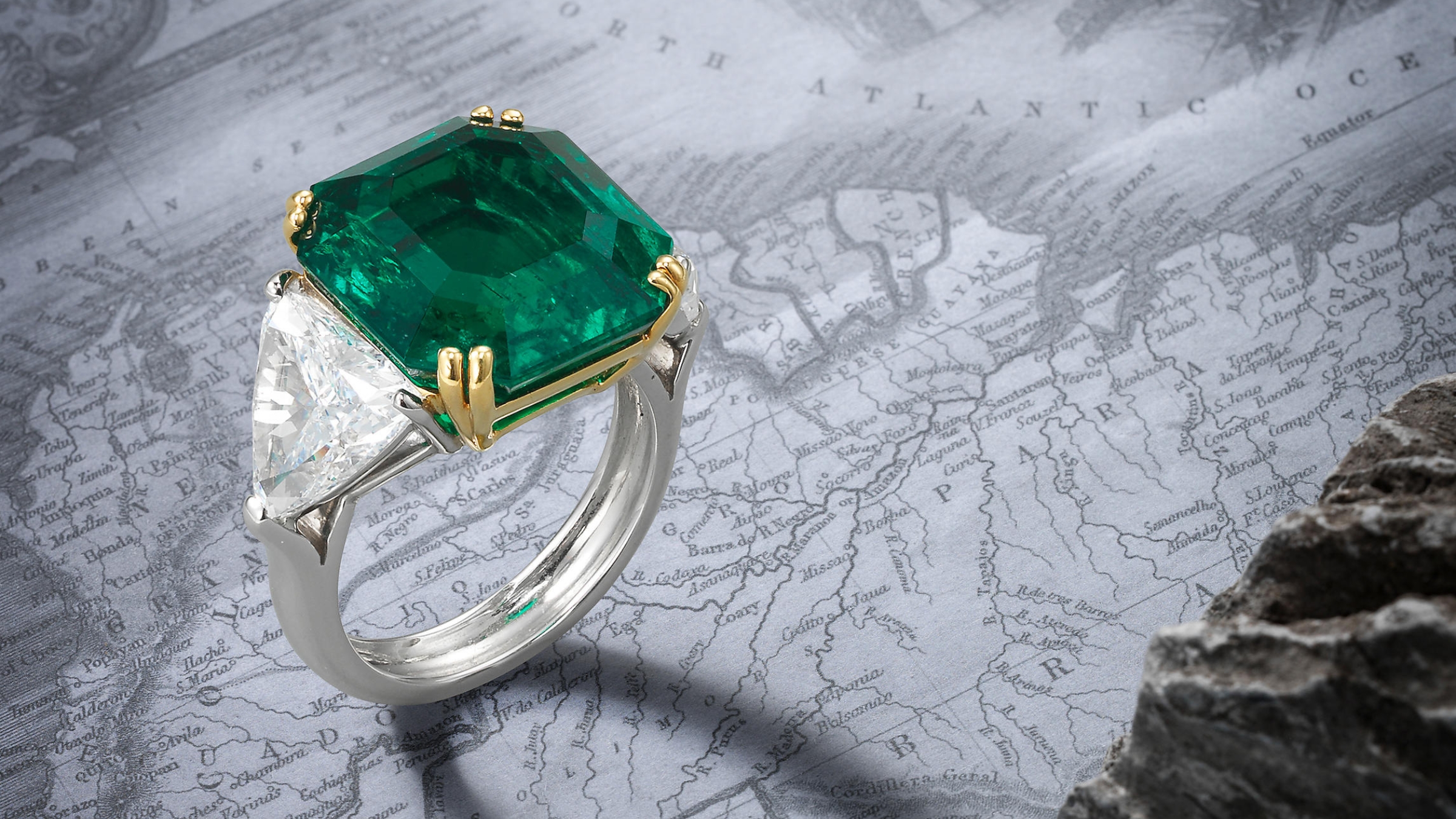
This intense green is due to the presence of chromium and vanadium in the stone’s crystalline structure. It is this perfect balance that gives Colombian emerald its bright, vivid hue, often referred to as “forest green” because of its slightly velvety appearance. Colombian emerald is also highly prized for its purity, a fundamental criterion in gem appraisal. Unlike diamonds, where the absence of inclusions is a guarantee of quality, emeralds naturally have inclusions, known as “gardens”, which testify to their unique geological formation. To find out more about the specific characteristics of Colombian emeralds, please consult our dedicated article: The characteristics of Colombian emerald.
What are the valuation criteria for Colombian emeralds?
There are several key criteria for valuing emeralds, which help determine their quality and therefore their value. Unlike other gemstones, such as diamonds, emeralds are valued for their color and uniqueness, even in the presence of inclusions. Here are the main criteria to be aware of:
1. La couleur : le critère fondamental
Color is the most important factor in evaluating an emerald. It is judged according to three components:
- Hue: The emerald should have a dominant green hue. A slight bluish secondary hue (as in some Chivor emeralds) may be desirable, but a yellow dominance is generally less appreciated.
- Saturation: This is the intensity of the color. High saturation, i.e. pure, vivid green, is highly sought-after. If the color appears dull or diluted, the value of the stone decreases.
- Tone: This refers to the lightness or darkness of the color. An emerald that is too light may lack depth, while one that is too dark will appear heavy or less luminous. The most prized stones are deep green, neither too dark nor too light.
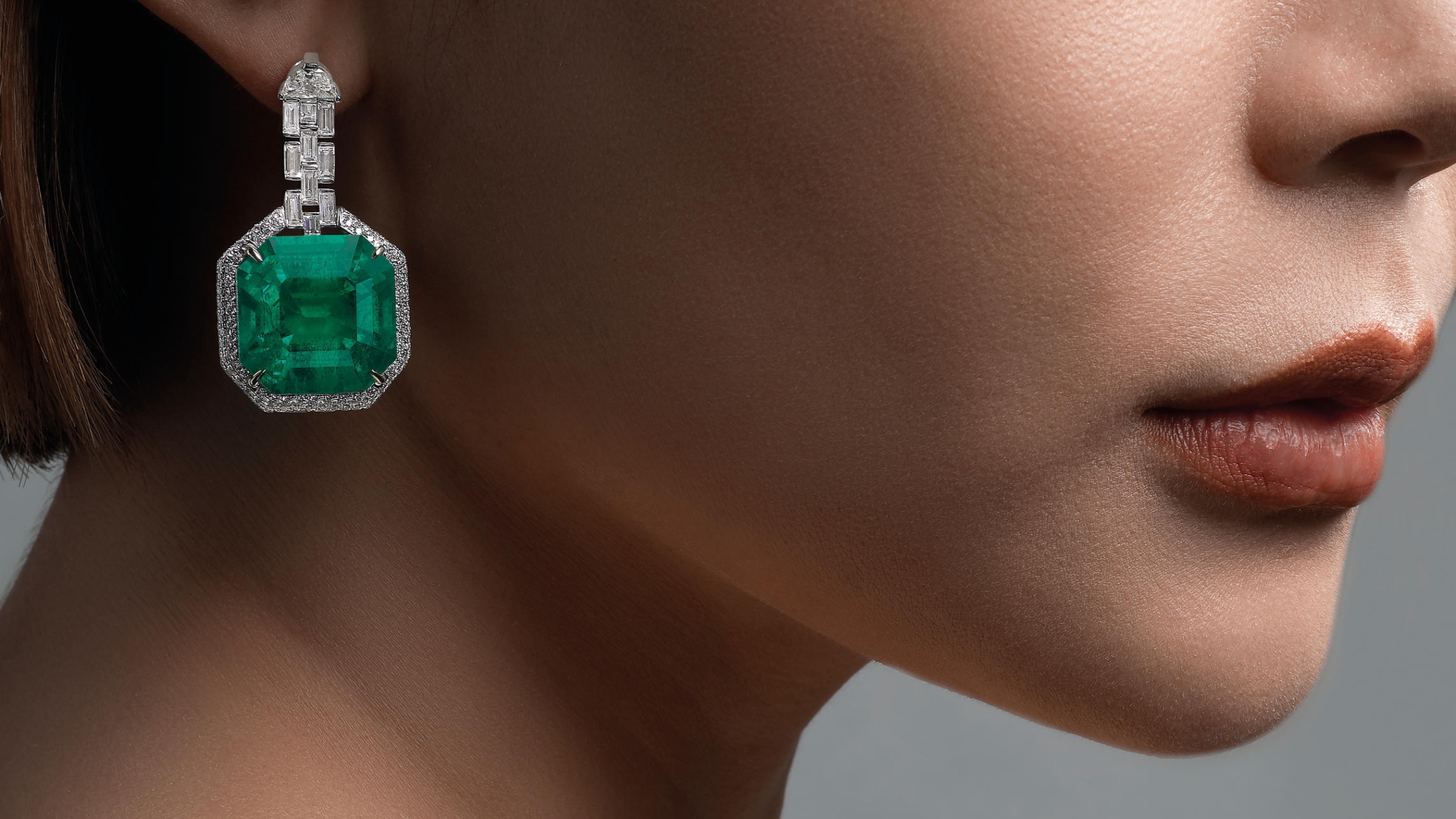
Colombian emeralds are particularly renowned for achieving an ideal balance between these three components, with a vibrant, luminous color.
2. Purity: beauty in the garden
Unlike diamonds, emeralds without inclusions are extremely rare and sometimes suspect. Inclusions are part of the stone’s very identity and bear witness to its natural origin.
These inclusions, often called “gardens”, can look like feathers, veins or small fractures. They can be observed with the naked eye or a magnifying glass.
A good-quality emerald has a harmonious garden, barely visible to the naked eye, which does not interfere with its transparency or brilliance. If the inclusions are too abundant or too large, they can weaken the stone or affect its beauty.
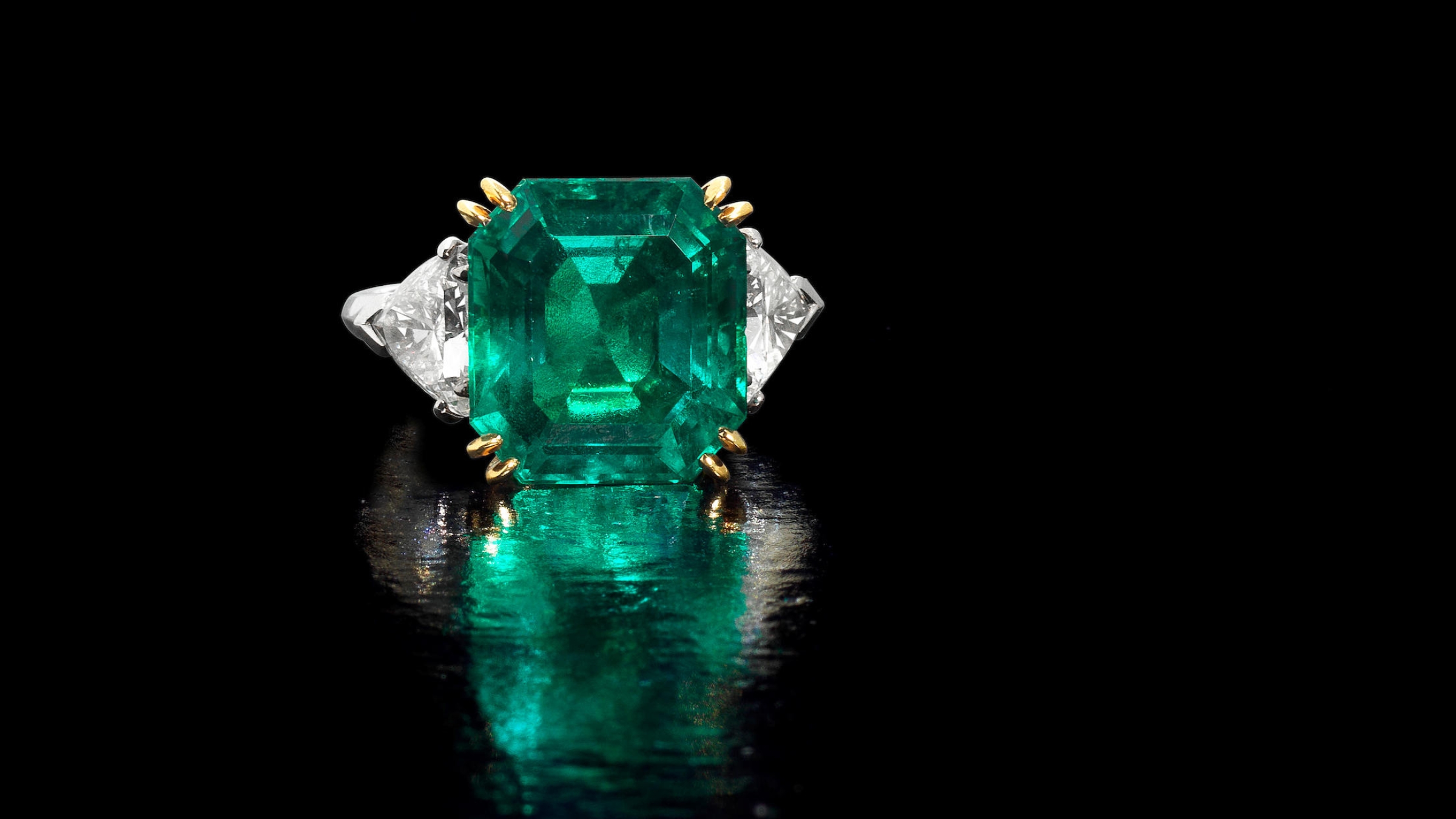
Gemologists also evaluate the stone’s transparency: a translucent to transparent emerald is more precious than an opaque or milky stone.
3. The cut: a balance between shape, proportion and brilliance
Cutting is the art of “sculpting” stone to reveal its full potential. It influences the emerald’s brilliance, apparent color and overall appeal.
- The emerald cut (rectangle with cut sides) is the most classic, as it enhances the color and reduces the risk of breakage due to internal inclusions.
- Other popular shapes include oval, pear, round and cushion.
A good cut respects ideal proportions (neither too flat nor too thick), offers good symmetry and maximizes light reflection through the stone. A mediocre cut can considerably diminish the beauty of even a quality stone.
4. Carat weight: a multiplying factor
As with all gemstones, the carat weight influences the emerald’s value. But for the same quality, a 2-carat emerald will often be worth more than twice as much as a 1-carat emerald.
- Stones between 1 and 2 carats are the most common on the jewelry market.
- From 3 carats upwards, prices rise sharply, especially if the quality (color, clarity, cut) is up to scratch.
- Very large, high-quality emeralds (10 carats and over) are extremely rare and coveted.
It is essential to note, however, that the price per carat varies according to the overall quality of the stone. An exceptional 1.5-carat emerald may be worth more than a mediocre 3-carat stone.
5. Treatments: transparency and honesty
The vast majority of emeralds, even the finest, undergo an oiling treatment. This consists of filling the natural cracks with a colorless oil (often cedar oil) to improve transparency.
This treatment is traditional, commercially accepted and has no major impact on value, as long as it remains light and reversible.
- A low treatment (minor oil) is acceptable.
- Moderate treatment reduces value, especially for stones intended for fine jewelry.
- Significant treatment, or the use of synthetic resins instead of oil, is a sign of inferior quality.
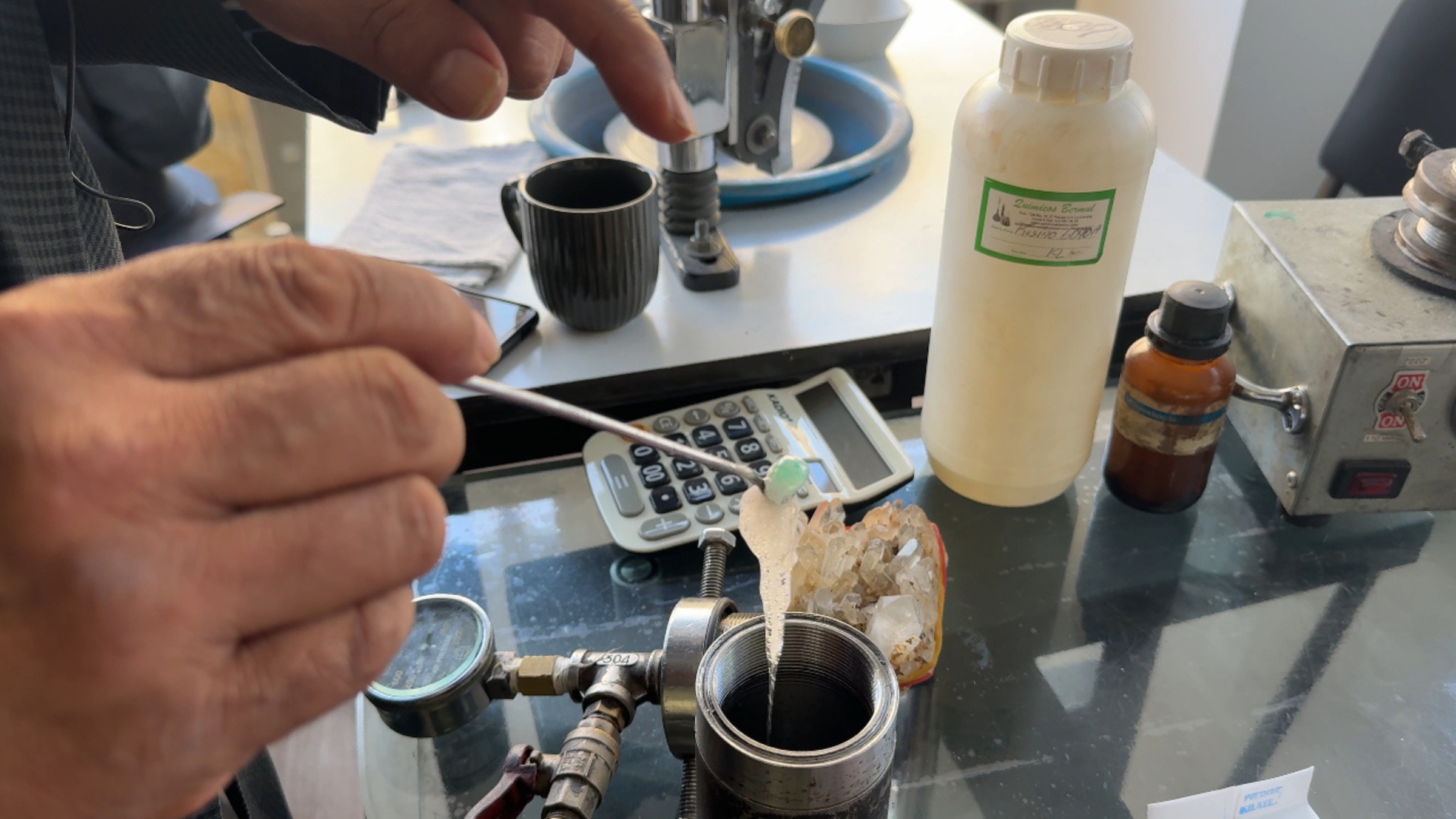
A serious gemological certificate will always mention the level of treatment observed. To find out more about oiling Colombian emeralds, please consult our dedicated article: Emerald oiling explained.
Muzo, Chivor, Coscuez: which is the best source for a Colombian emerald?
When it comes to Colombian emeralds, three names always come up: Muzo, Chivor and Coscuez. These three mythical mines, nestled in the heart of the Cordillera Oriental, produce gems with distinct characteristics, which influence not only the color and clarity of the stone, but also its value, aura and market appeal.
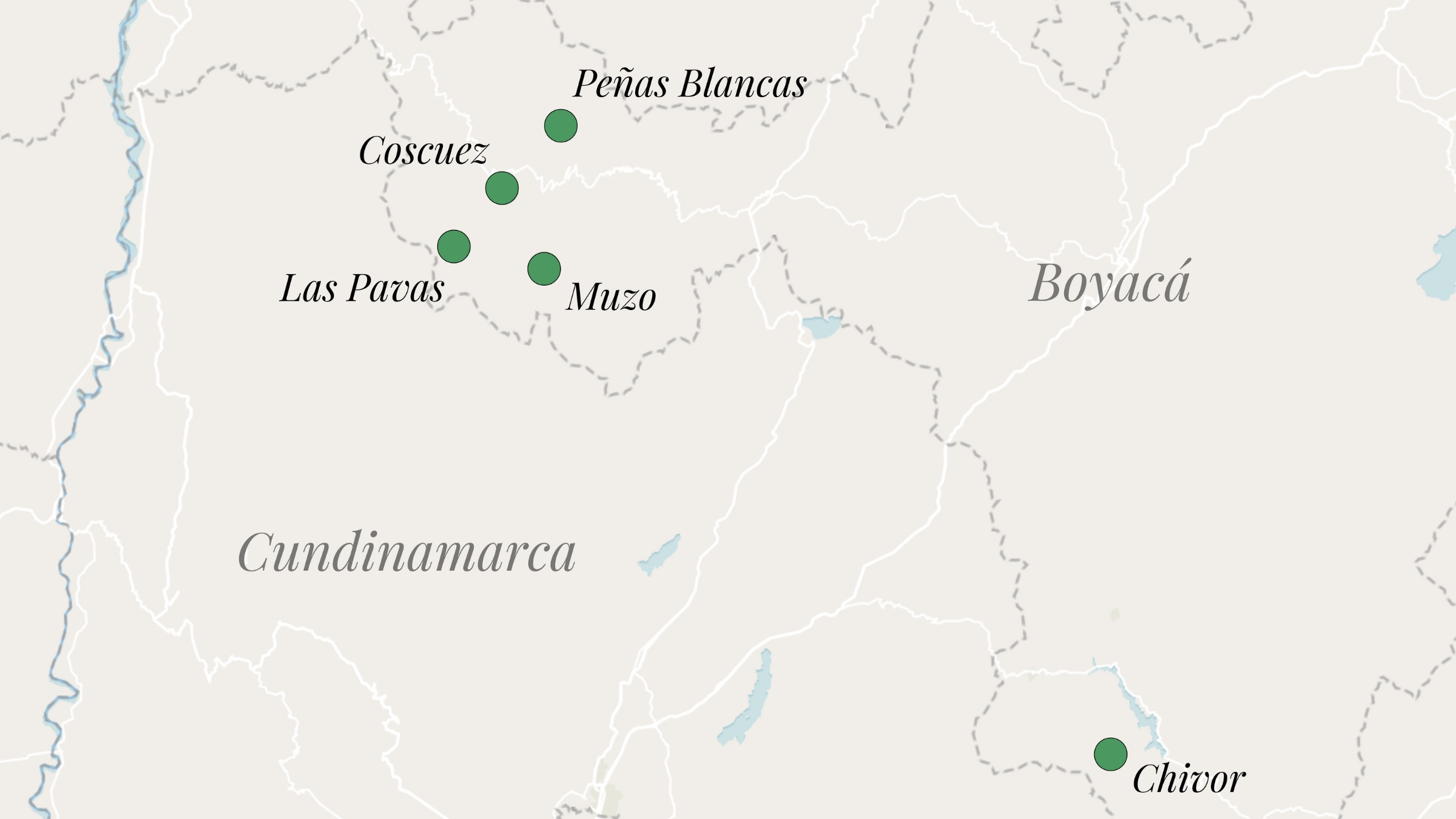
The Muzo mine is nicknamed “the emerald capital of the world”. Muzo emeralds are renowned for their deep, warm green color, often described as “forest green”, sometimes with a hint of gold. Their saturation is exceptional, and they generally have a good balance between transparency and intensity. They often have a subtle, well-distributed garden that gives each stone its own personality.
Located east of Muzo, in a more difficult-to-access region, the Chivor mine is one of the oldest known. Rediscovered in the early 20th century, it produces emeralds much appreciated by connoisseurs. Chivor emeralds are distinguished by their bluish-green hue, which is lighter and more vivid than that of Muzo. Their transparency is often superior, giving the stones a crystalline, almost ethereal lustre.
Less well known than Muzo or Chivor, Coscuez is an old mine, now enjoying a renaissance thanks to recent investments by Fura Gems. Its potential is enormous, and gems from this region are beginning to attract the attention of the international market.

To find out more about the main emerald mines in Colombia, please consult our dedicated article: Colombia’s main emerald mines.
Treatments and certificates: what you need to know before buying a Colombian emerald
When considering the purchase of a Colombian emerald, it’s essential to know how to distinguish a genuine stone from an imitation or synthetic one. A natural emerald is a gem formed without human intervention, extracted as it is from nature, whereas a synthetic stone, although chemically identical, is created in a laboratory. The market is also full of imitations in colored glass, doublets and treated green stones that have nothing in common with genuine emeralds. Recognizing a genuine emerald therefore requires a certain amount of attention.
One of the first clues is the presence of natural inclusions, often visible to the naked eye or with a x10 magnifying glass. Unlike other gemstones, inclusions are common in emeralds, and their nature is revealing.
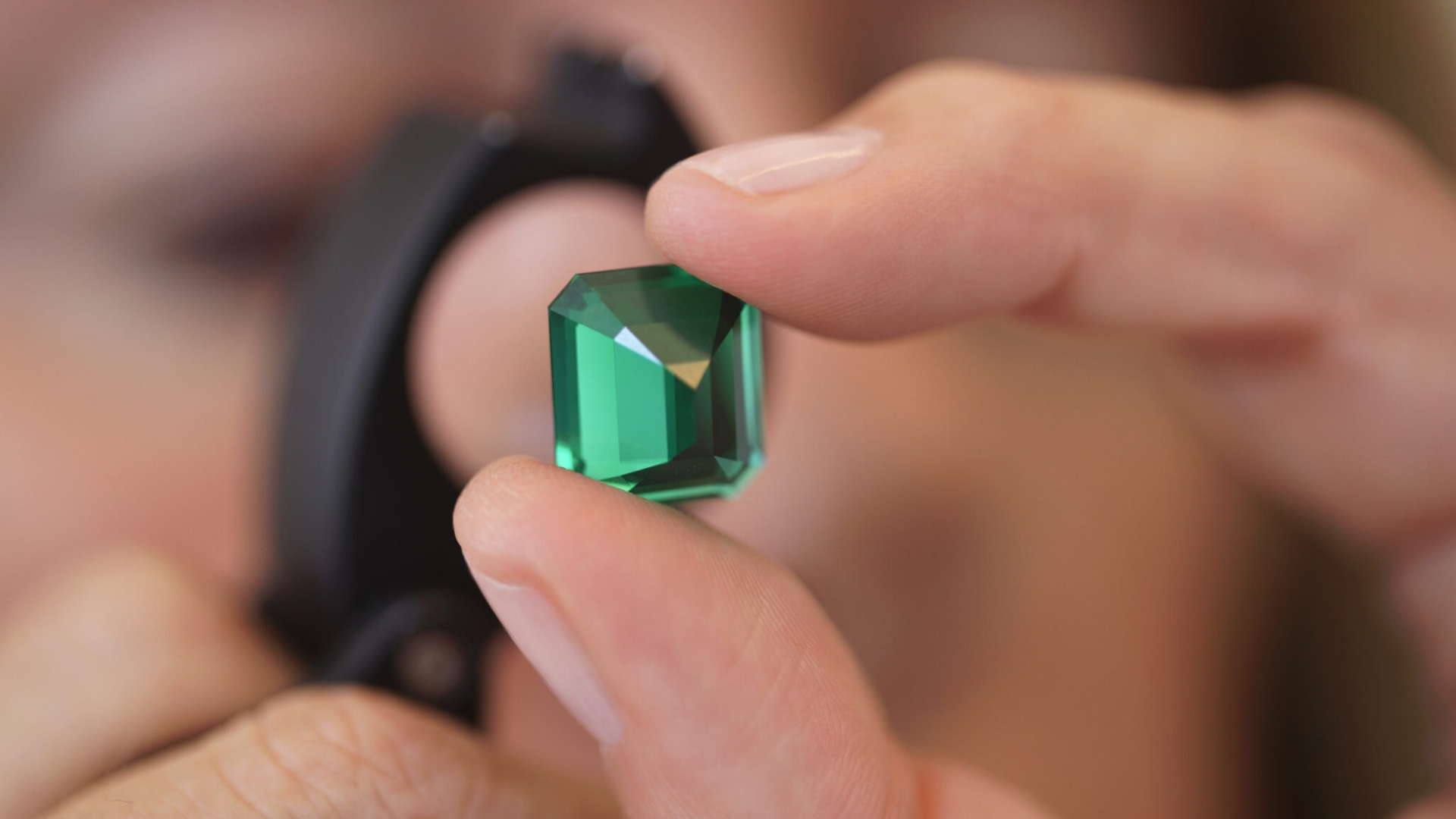
In a Colombian emerald, these inclusions can form what’s known as the “garden”, a complex and poetic internal structure, which can include crystals, feathers, cavities or even three-phase inclusions (liquid, gas and solid) – particularly sought-after features. These natural imperfections are like a mineral signature, bearing witness to the unique geological process that gave birth to the stone. To be sure of an emerald’s natural, Colombian origin, nothing beats a gemological certificate issued by a recognized laboratory. This document attests that the stone is indeed a natural emerald, and specifies its geographical origin, the nature of any treatments (such as oiling, which is common but reversible), as well as its degree of transparency and purity.
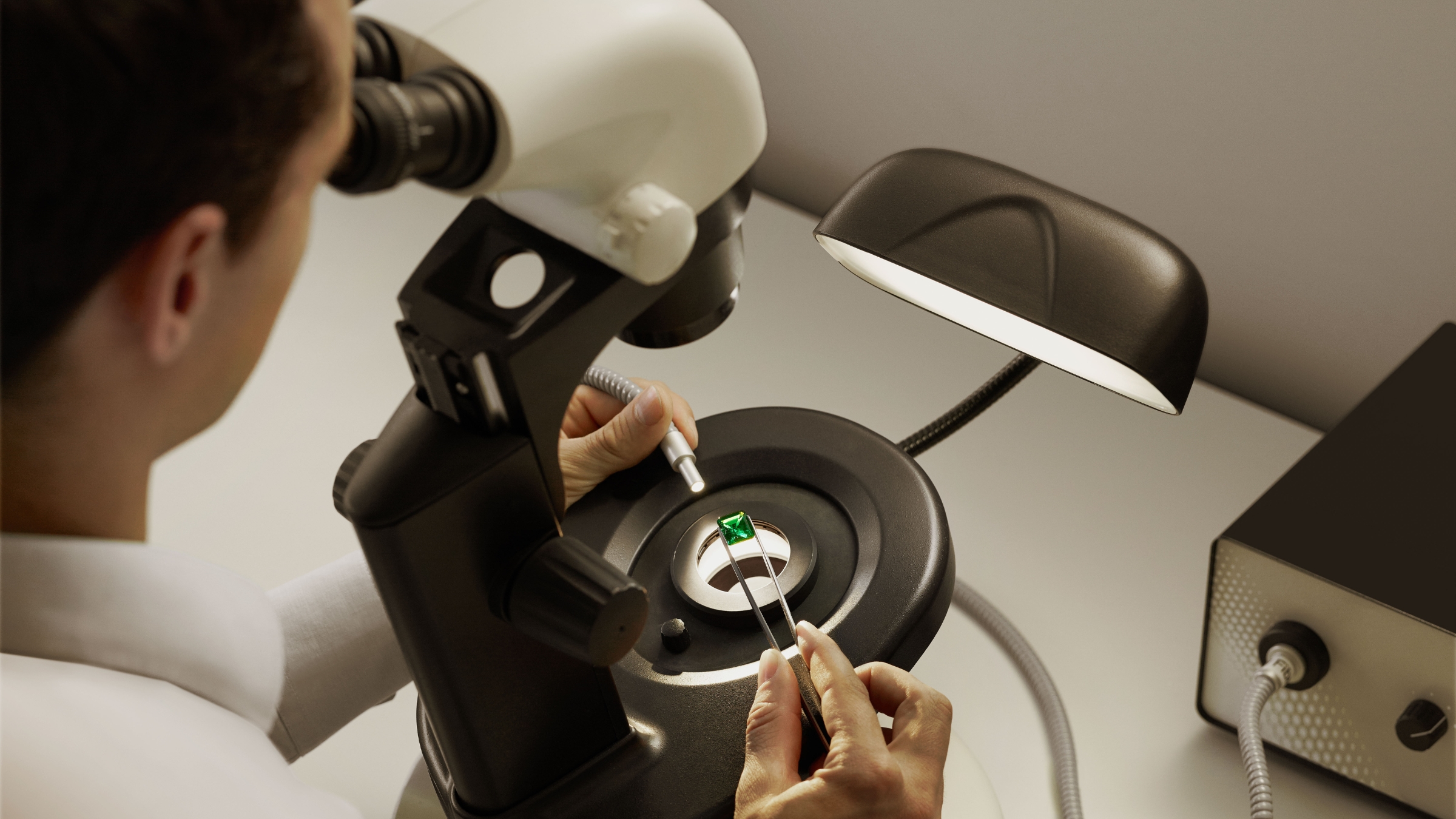
Laboratories such as the Gübelin Gem Lab, SSEF, GIA, CDTEC and Rodrigo Giraldo Gem Lab in Colombia are worldwide references. A certificate is the gem’s identity card, and should always accompany a serious purchase. Finally, it’s important to remain vigilant in the face of overly attractive offers. A beautiful Colombian emerald, deep green, well cut, natural and certified, cannot be sold off. An abnormally low price almost always hides an imitation, a doublet, or an undeclared treated stone. Buying from a recognized professional specializing in Colombian emeralds is a valuable guarantee.
Where can you buy Colombian emeralds with confidence?
Buying a quality Colombian emerald requires both prudence and discernment. The first criterion to consider is the reliability of the seller: he must be recognized, transparent about the origin of the stones, and able to provide a gemological certificate issued by an independent reference laboratory. Auctions organized by prestigious houses such as Christie’s, Sotheby’s or Bonhams are an excellent opportunity.
Another option is to turn to specialist dealers, who regularly exhibit at international shows such as GemGenève, Hong Kong Jewellery & Gem Fair, Tucson or JCK Las Vegas. Names like Joseph Gad are well known in the trade: these seasoned professionals have built their reputation on expertise and trust.
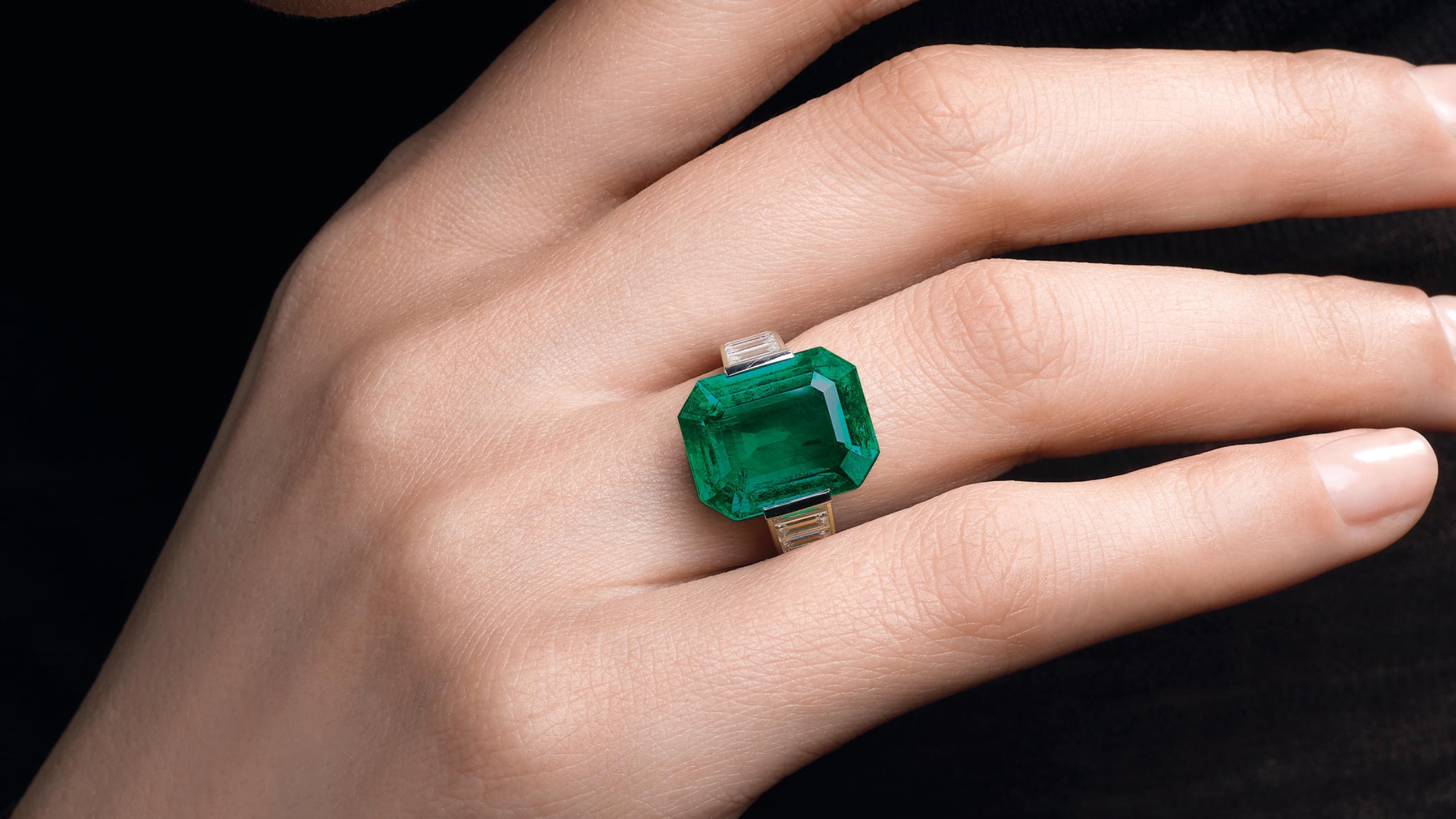
Some enthusiasts want the unique experience of buying a Colombian emerald directly on the spot, in Colombia. In Bogotá, the heart of the local market is concentrated around the Plazoleta del Rosario, where dozens of street vendors offer rough and cut emeralds at a wide range of prices. While bargains can be had, the risks of rip-offs and poor quality are very real, especially for the untrained eye. For a safe purchase, it’s best to go to the Emerald Trade Center, Bogotá’s official emerald trading center, staffed by recognized professionals.
Among them, Alpine Green, founded by George Smith, has established itself as a reference address.
Based in Bogotá, this British trader is renowned for his integrity, rigorous gem selection and willingness to pass on his knowledge. His showroom features emeralds mainly from the Muzo, Chivor and Coscuez mines, carefully sorted and accompanied by certificates issued by international gemological laboratories. George Smith is also active on Instagram via his @muzoemeralds account, where he shares his finest finds and sound advice for any collector or novice buyer.




